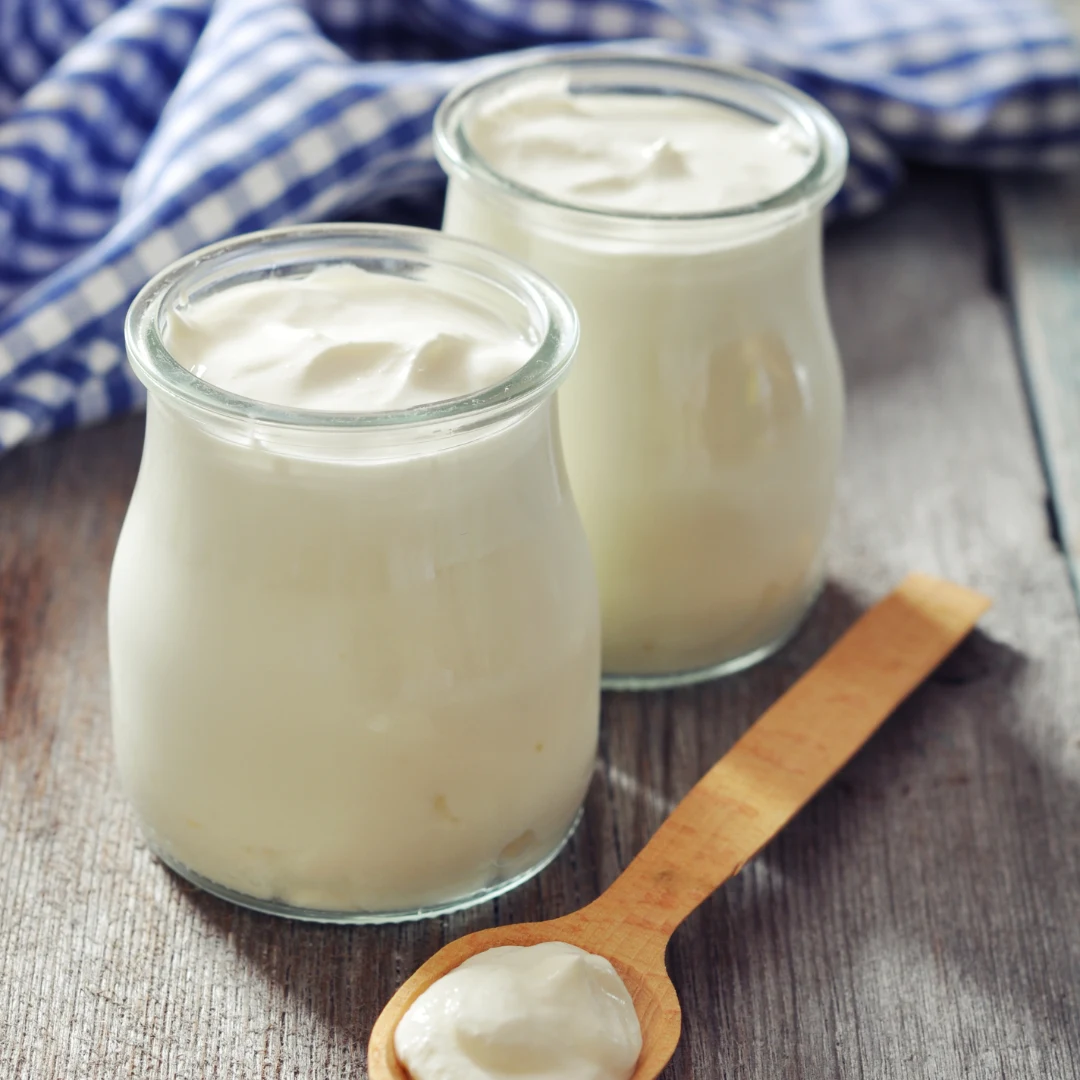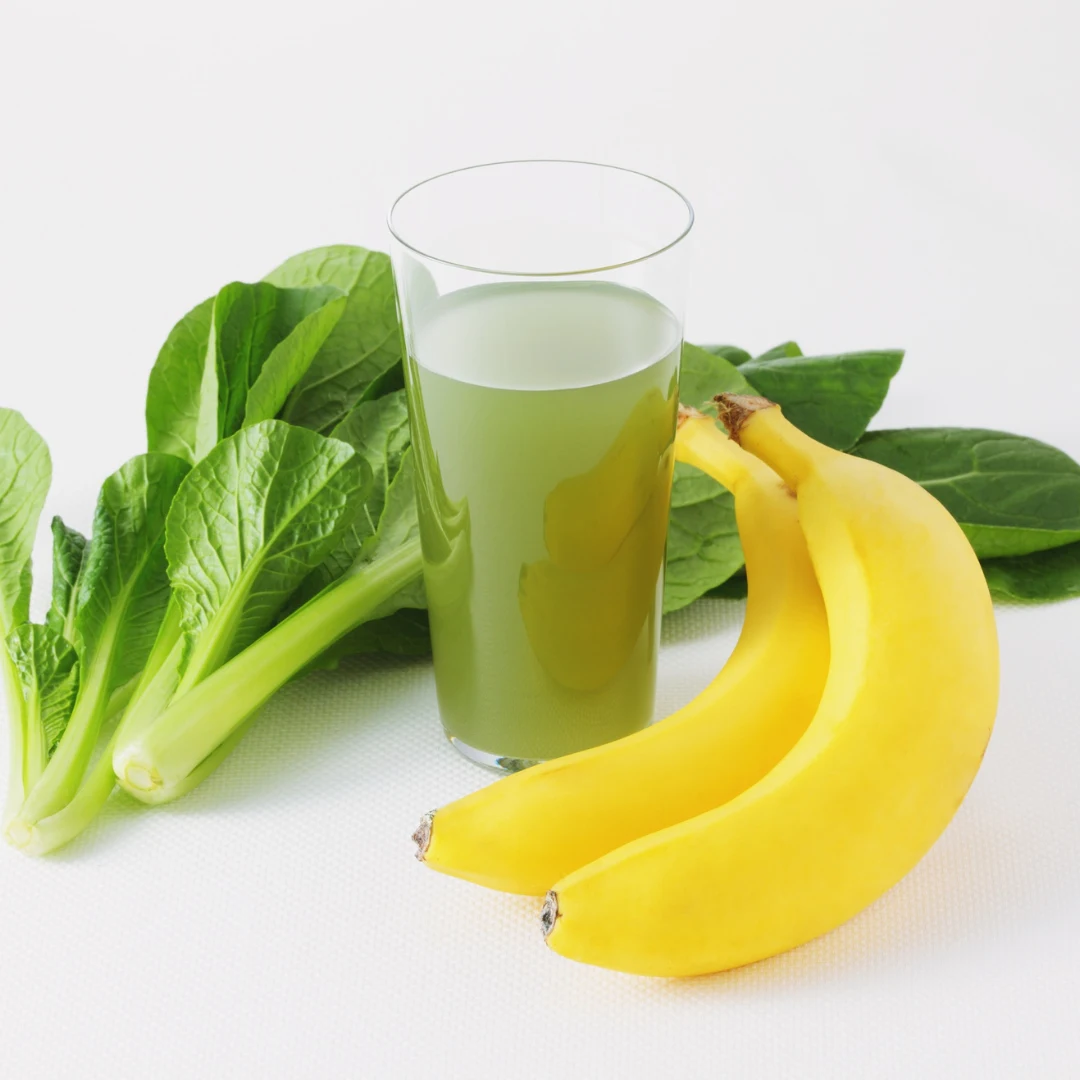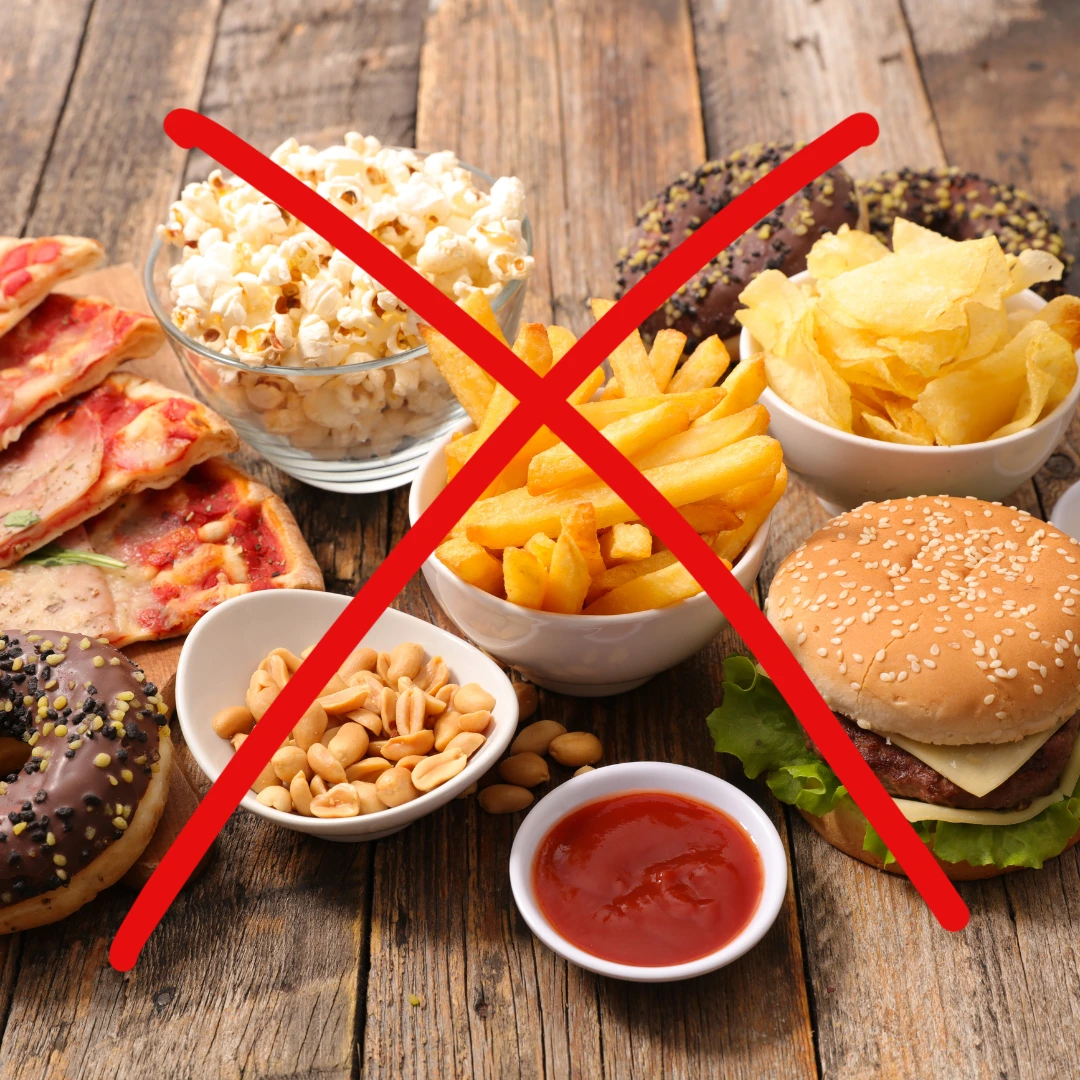
Dr. Sumit Bapna · February 26, 2025
Every routine facelift comes with a recovery period where facial swelling and pain can make mealtime a little more challenging, complicating your decisions on what to eat after facelift surgery.
This is completely normal, but knowing the right foods to eat after a facelift can make all the difference in a comfortable, nourished recovery.
Experts like Dr. Bapna and the surgical team at Ohio Facial Plastics are here to guide you across the best post and even best pre-facelift diet, with an eye toward anti-inflammatory yet filling foods.
Your body is in healing mode after a facelift, meaning it’s dedicating more resources to repairing tissue, reducing swelling, and healing any surgical scars and bruising. The foods you eat directly influence how well your body performs these healing tasks.
A post-surgery facelift diet should center on several things: Nutrient density, anti-inflammation, and energy maintenance. Foods that check these boxes not only support your healing, but avoid complications that can amplify facial pain and tenderness. For example, hard foods or food that require a lot of chewing can cause irritation that slows recovery and increases your discomfort — the opposite of what you want in your post-surgery diet.
Soft, nutrient-dense foods are the stars of a post-facelift surgery menu. Focus on incorporating the following into your diet to keep meals balanced and recovery aligned.

Protein is the building block of tissue repair. After surgery, your body is in need of as much additional protein as possible to rebuild collagen and heal incisions.
Protein packed but soft foods to eat after a facelift include:

Inflammation is a byproduct and inevitable bodily response to surgery. That said, amplifying inflammation post-surgery by eating the wrong foods will slow your healing, making it harder for your body to come down from swelling.
Dr. Bapna recommends incorporating an anti-inflammatory, antioxidant-rich diet into your surgery aftercare, particularly within your first two weeks.
Soft foods rich in anti-inflammatory compounds like antioxidants and omega-3 fatty acids include:

Staying hydrated is essential for healing. Not only do drinks and hydrating foods support circulation and swelling recovery, but they help maintain steady energy levels.
Consider incorporating any of these hydrating options into mealtimes:

Chewing may feel uncomfortable after a facelift, particularly in the first 3-5 days immediately after surgery.
Stick to soft, easy-to-bite options made from mostly whole ingredients. These dishes will ensure you feel full after eating and receive proper nutrition but won’t cause excessive, painful chewing:
Specific vitamins and minerals support collagen production, immune function, circulation, and wound healing. Ensure your post-surgery diet includes as many foods as possible rich in zinc, vitamin A, and vitamin C. These vitamins and minerals are especially important fuel helping your body repair.

Bear in mind certain foods can slow down your recovery, or exacerbate pain and discomfort during mealtime.
Avoid dishes that require heavy chewing in your first few days post-surgery, allowing your jaw and facial muscles more energy to heal. Think tougher cooked cuts of meats, raw vegetables and fruits, nuts, cereals, and thick toasted breads.
While a little sodium works as an important muscle and nerve regulator, too much offsets your body’s natural, healthy fluid ratios. Recovering from facelift surgery already puts added strain on fluid retention and hydration thanks to the added swelling and inflammation. Because of this, be mindful of overly consuming salty snacks and processed foods.
Both high-fat and high-sugar foods trigger inflammation, slowing your facelift recovery. Treats like pastries, fried food, soda, alcohol, and chips are best saved for at least a week after surgery.
Note that not all fats and not all sugars are made equal. The natural fructose contained in fruits, for instance, is absorbed slower and digested differently thanks to its pairing with fiber; while omega-3 fatty acids are considered quite healthy during recovery.
High-acidity foods can irritate your already sensitive tissue. The same goes for dishes with high heat levels from chiles and spices. Try sticking with milder flavors during your first week of recovery, gradually reintroducing your favorite acidic or spicy dishes.
Following Dr. Bapna’s post-treatment plan is essential for a successful facelift recovery. Contact your physician if:
Your doctor can review these complications and adjust your aftercare plan, plus recommend alternative diet solutions to ensure you’re as nourished and comfortable as possible.
At Ohio Facial Plastics, Dr. Bapna specializes in blending science and artistry for stunning, natural, rejuvenating results. Whether you’re considering a traditional facelift or a mini facelift, our team is here to guide you every step of the way, from pre-surgery prep to healthy aftercare.
Call us or complete our contact form to book your consultation today!

September 19, 2025
Rhinoplasty recovery unfolds over weeks and months, but comes with many subtle yet meaningful milestones. Knowing these ...

May 6, 2025
.sec_banner picture img { height: auto !important; width: 100% !important; } A facelift isn’t just a cosmetic deci...

Call us at 614-876-6673 or fill out the form below to begin your facial enhancement journey.